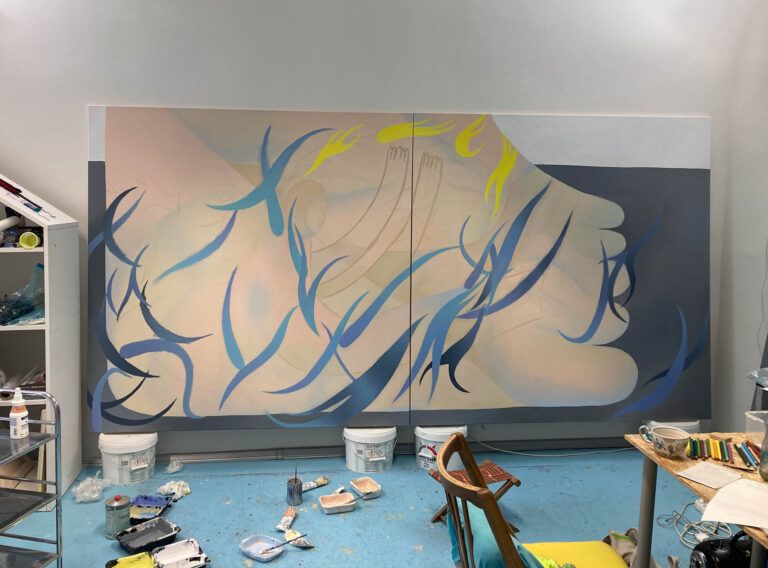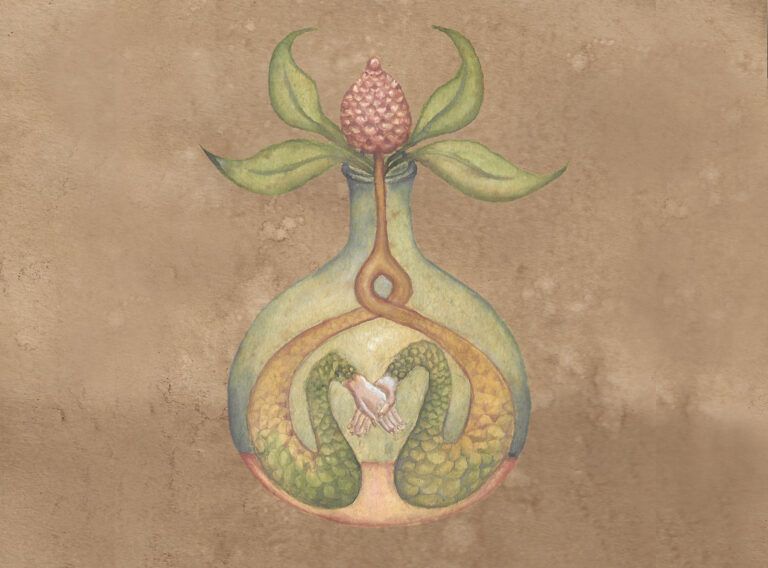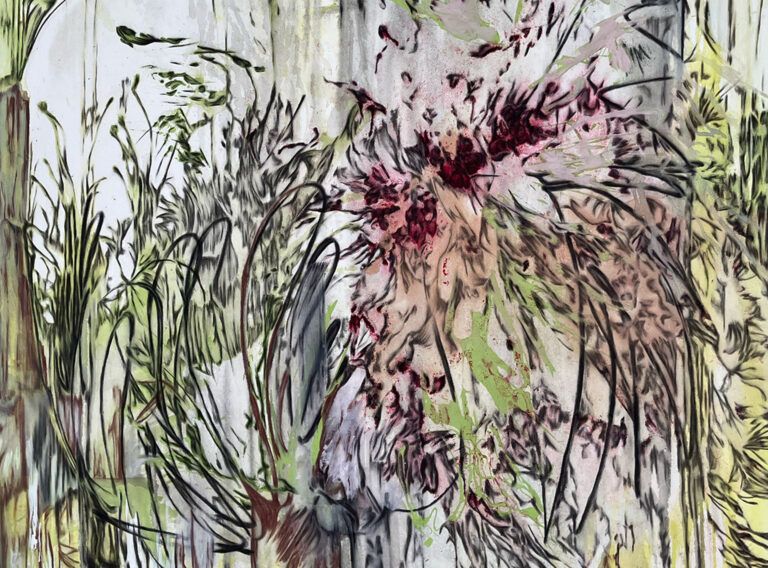
SHORTENED TEXT BY THE AUTHOR ABOUT ‘Dear One, Dear Dead’ ONLINE SERIES OF CGI RENDERINGS, presented at the Virginia Bianchi Gallery between 11th November and 30th December 2020 /
King of France, Louis XVIth, died decapitated on the 21st of January 1793 during the French Revolution. To me, his death echoes a long and universal pattern of the Sacrificial King, a need to kill the King either as he becomes ill or because food becomes scarce, believing that the body of the King is directly linked to the health of the society at large. In a sense and with this transhistorical approach in mind, Louis XVI might only have been successful in feeding his country through his bloody dismembered death. Cosmos only follows Chaos. This rite of regicide reenacts the myth of the primordial sacrifice that created the world. It is believed that only through this ritual killing the crops may grow again, society might resume its normal course, and all is happy in the Kingdom — well, except for the King. The ritual differs from place and era, and as it comes closer to our present time, it might be less bloody and more a mere act, finding scapegoats in slaves, animals, and effigies made of dough, clay or other.
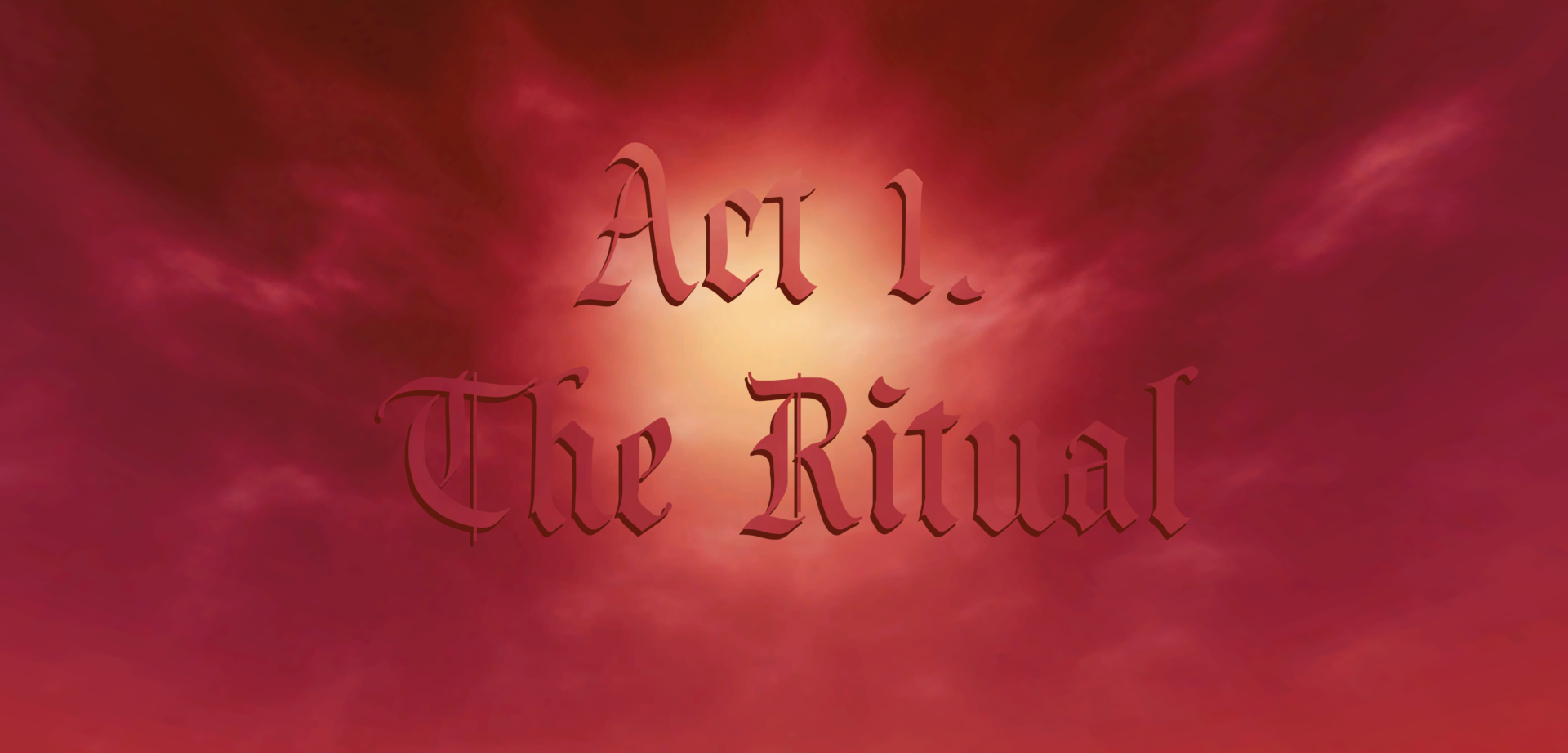
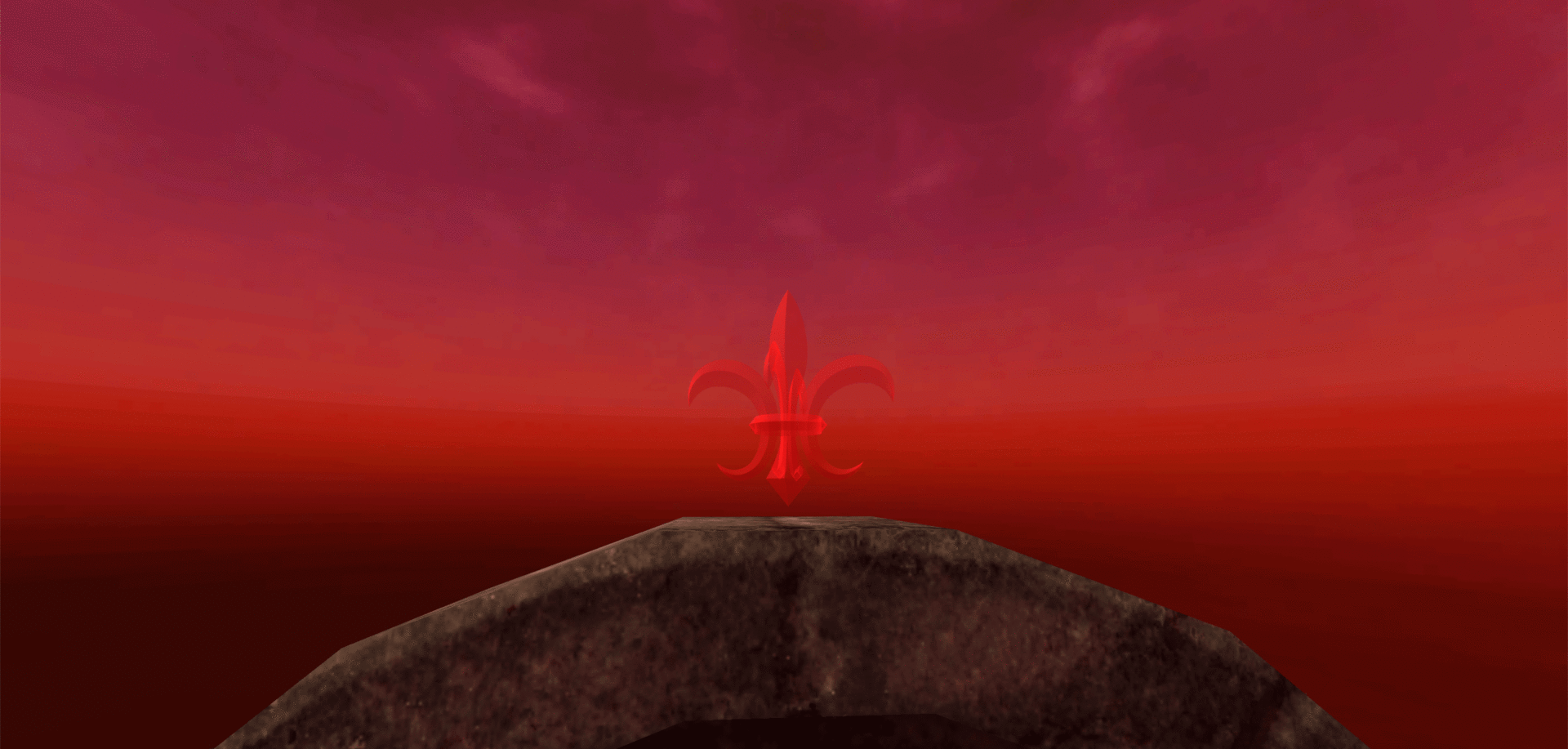


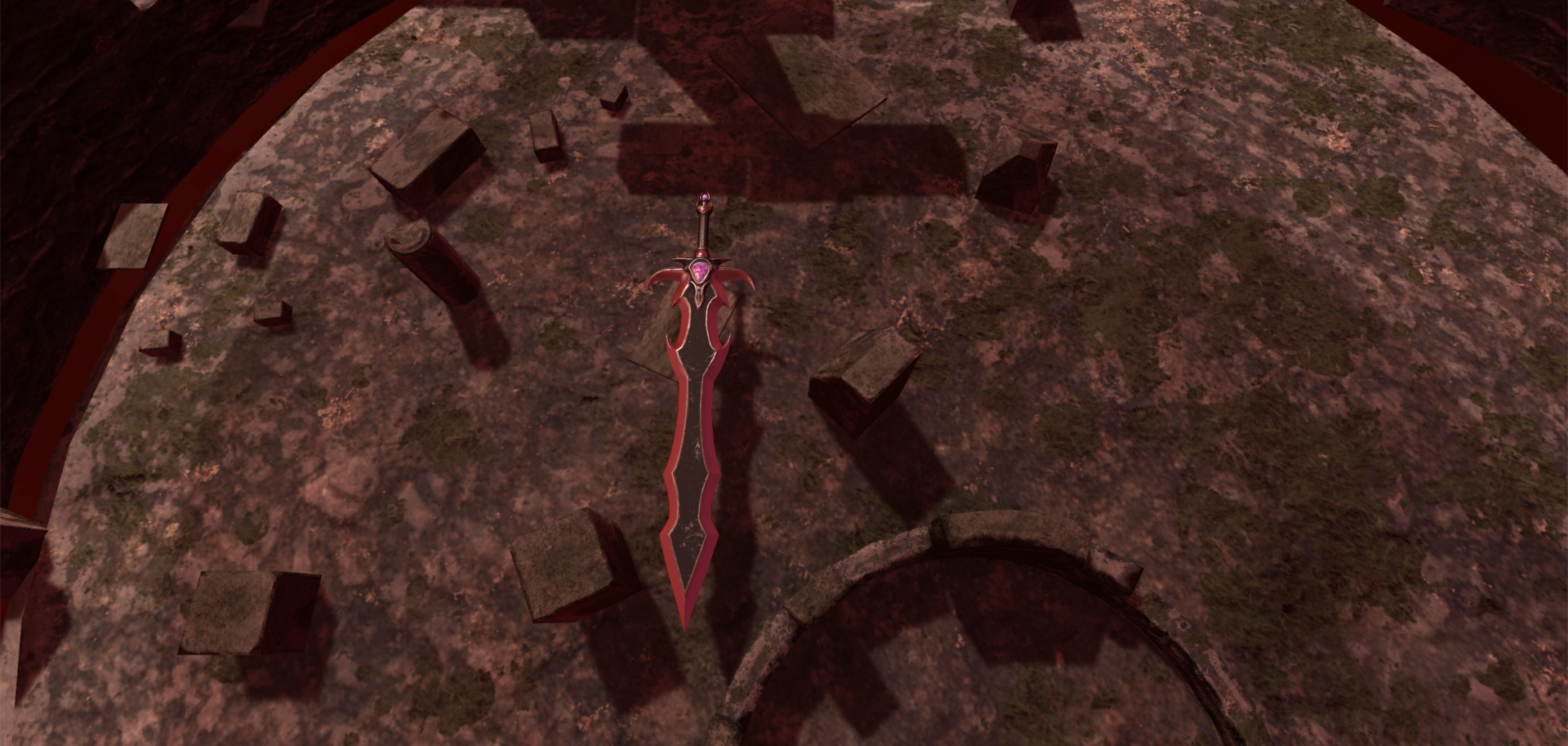
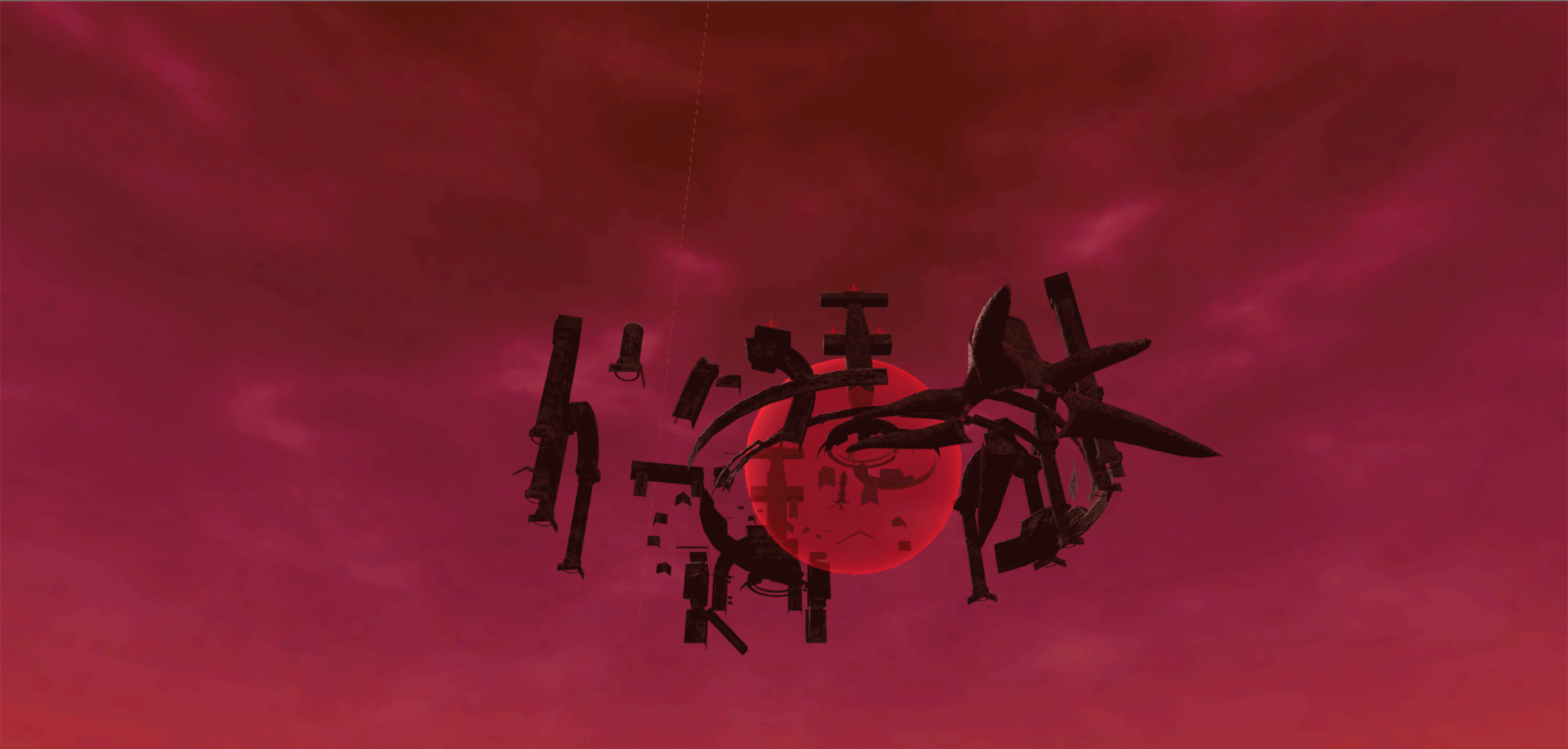
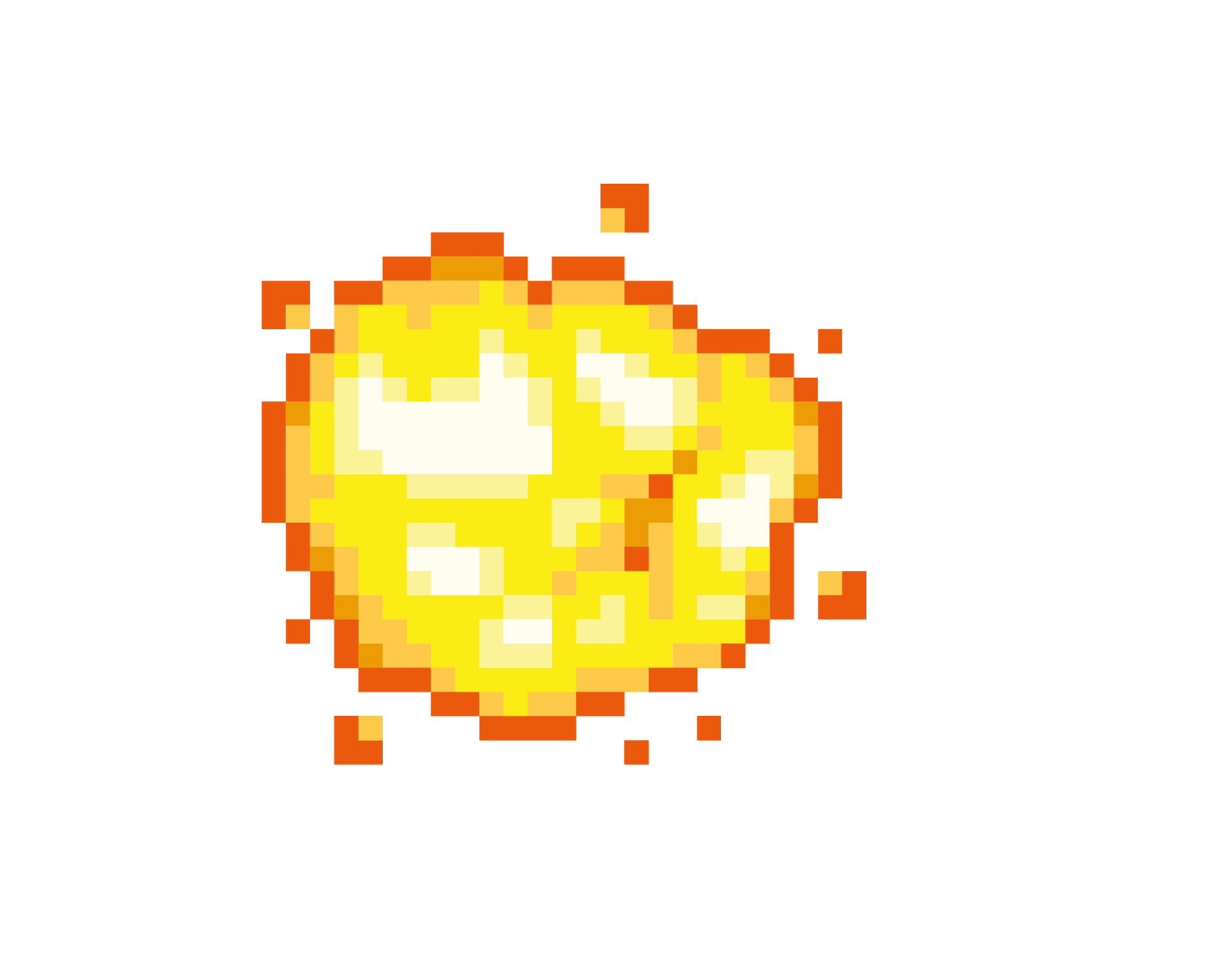
By combining these various historical events into one, I aim to present a new cyclical and mythological perspective on the death of Louis XVI.
The works develop in 3 acts: 3 stages of a fictional sacrifice. First, the act itself or rather a stage where it is only said it has taken place, as it seems that we won’t see the actual event. Then a celebratory Feast at which one partakes in eating of the King. And, finally, the dissemination of the body parts across the fields, to ensure the regeneration of the crops.

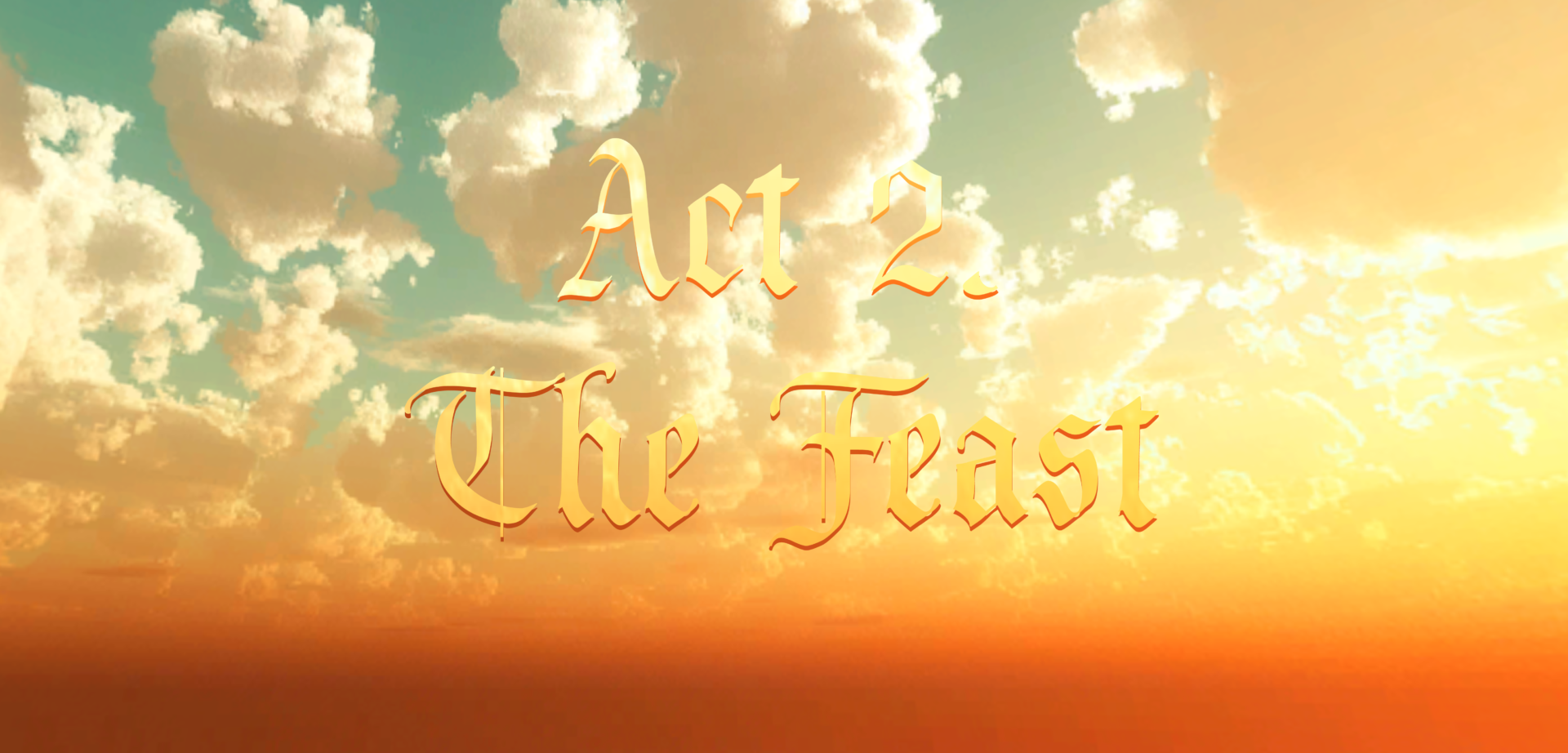
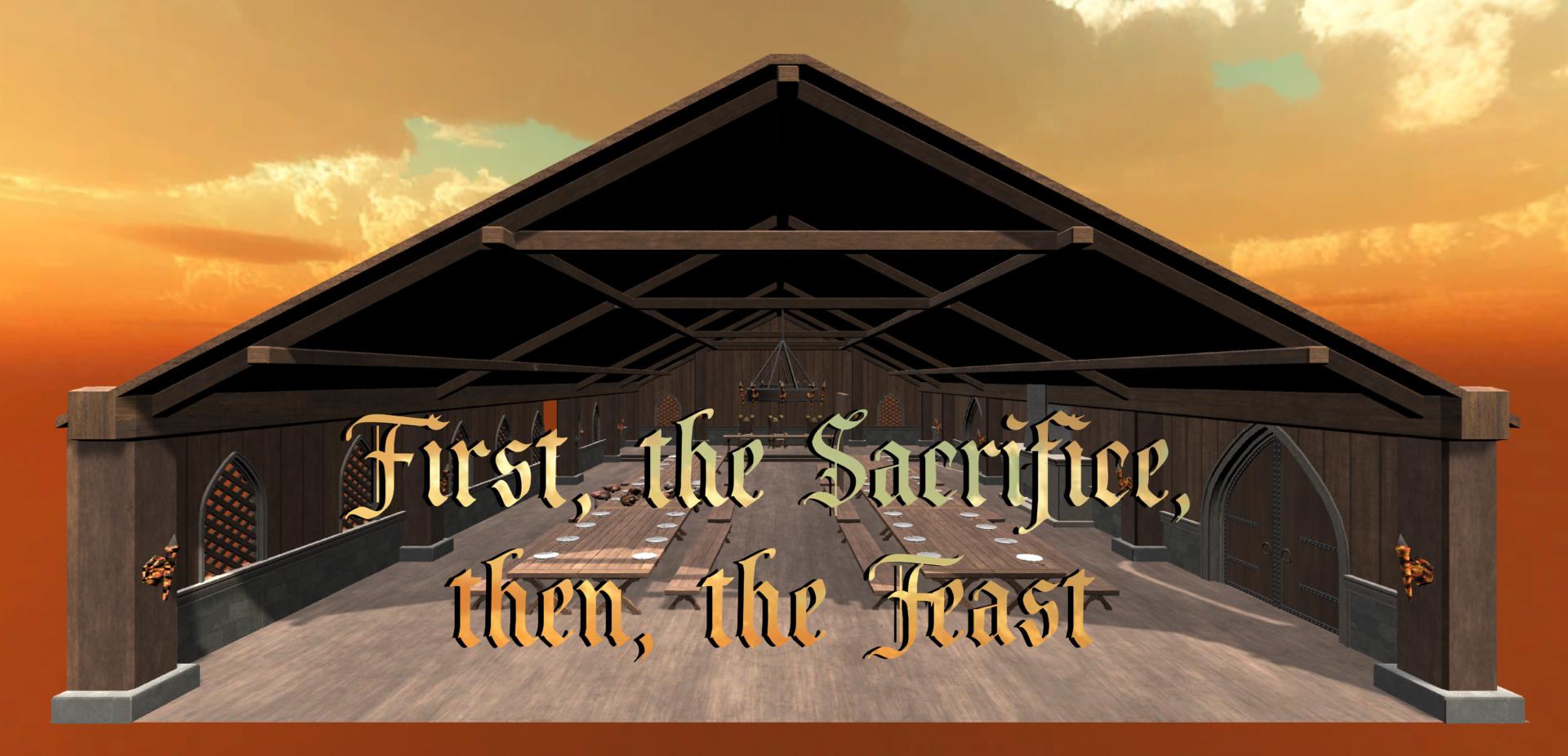

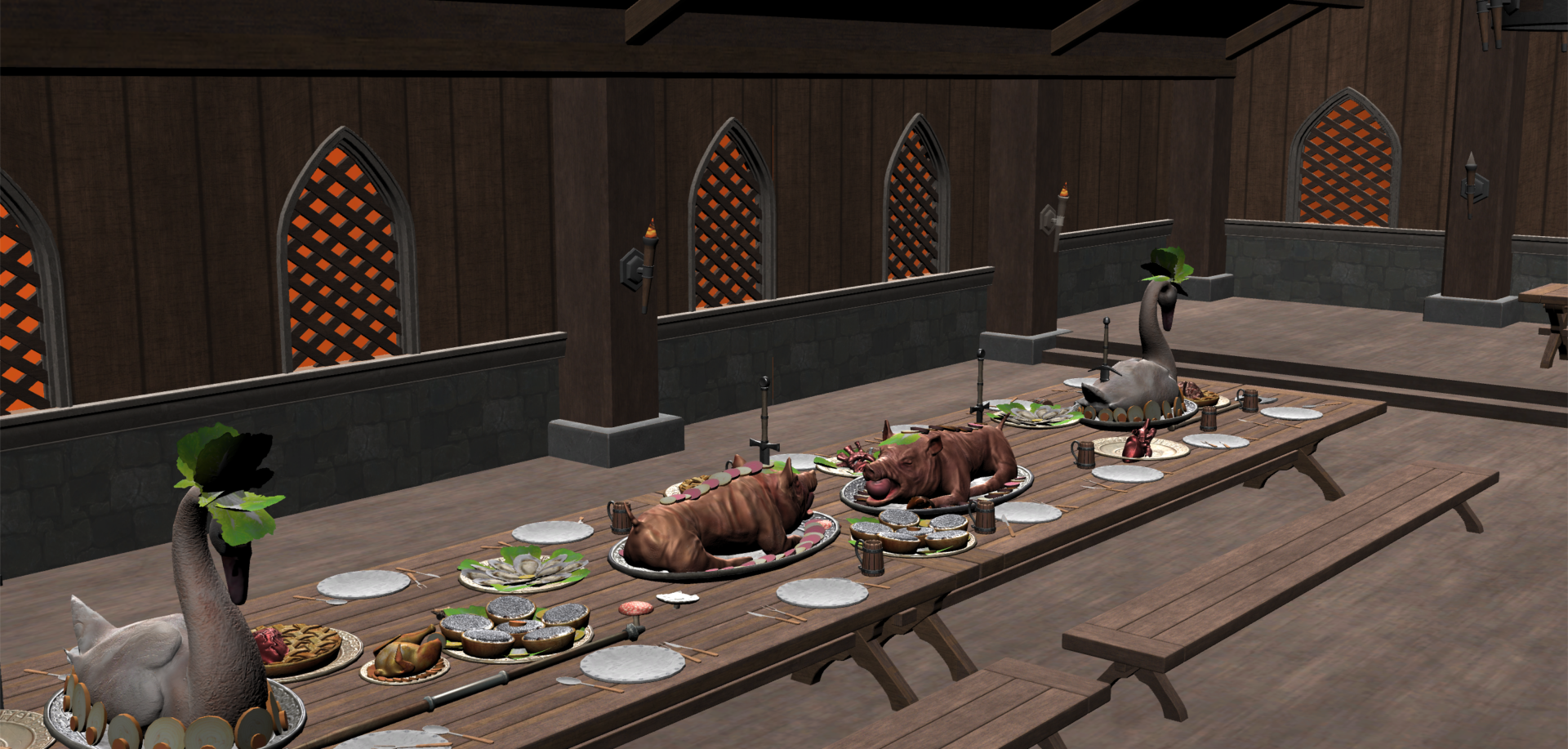


My practice is research led, so a year of work was mainly spent researching around these ideas of Sacrifice through a cross-lecture of French history and worldwide comparative mythology. In parallel, I was really interested in the various ways we interact with fictionalised history online, how the Medieval Age is portrayed, played, represented, imagined, and popularised, and, of course, neo-medievalism. I was also navigating through the different textures we are finding in video games since their inception.


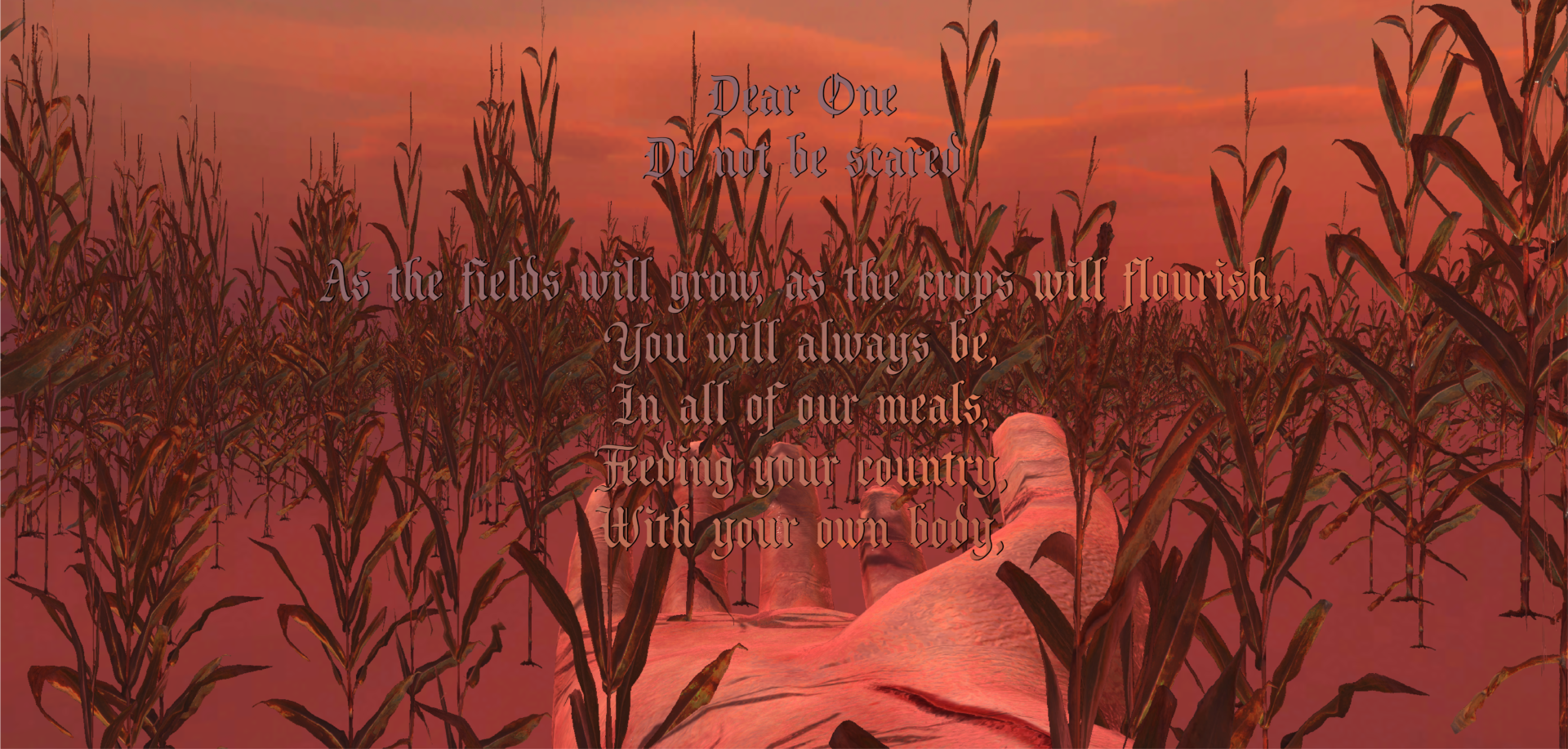

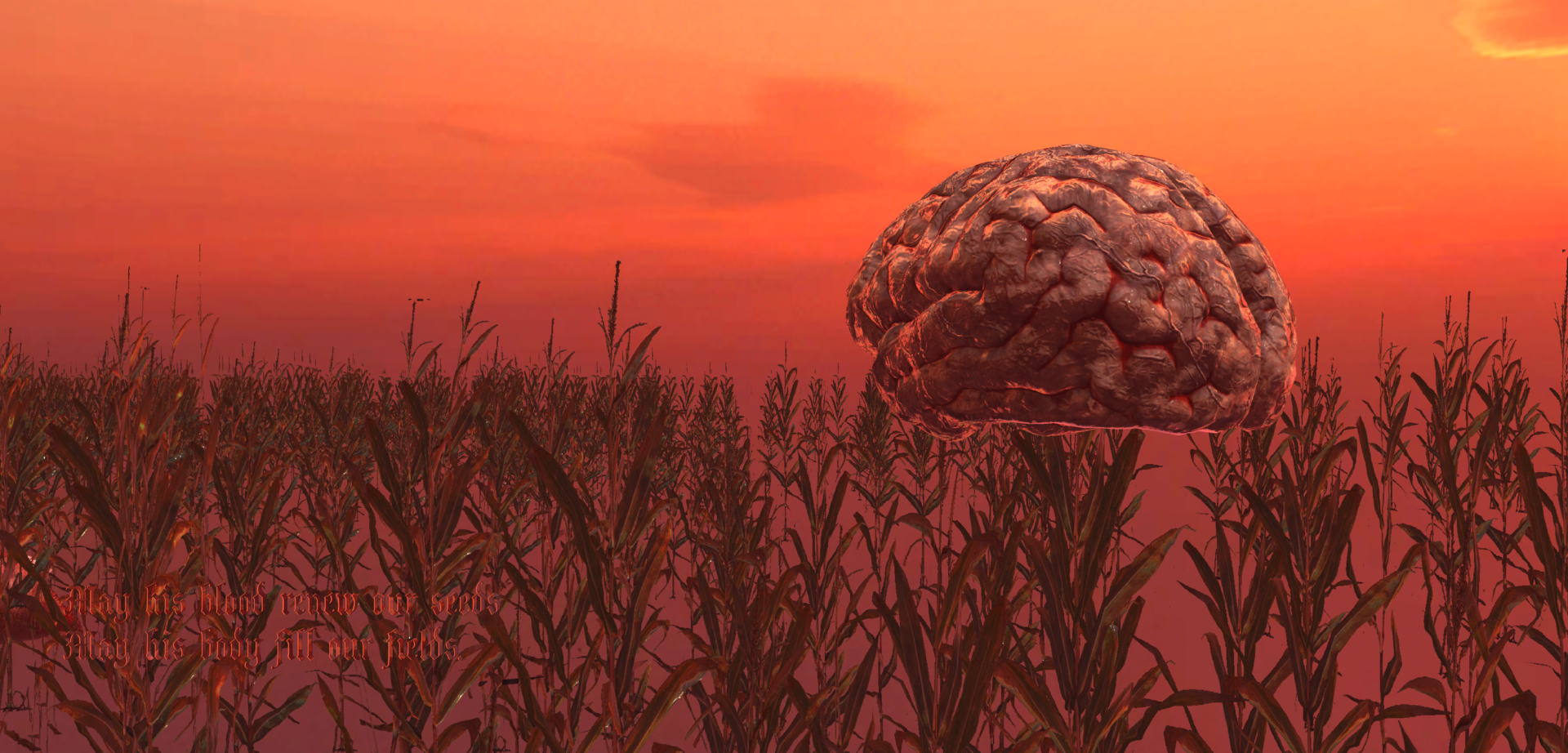
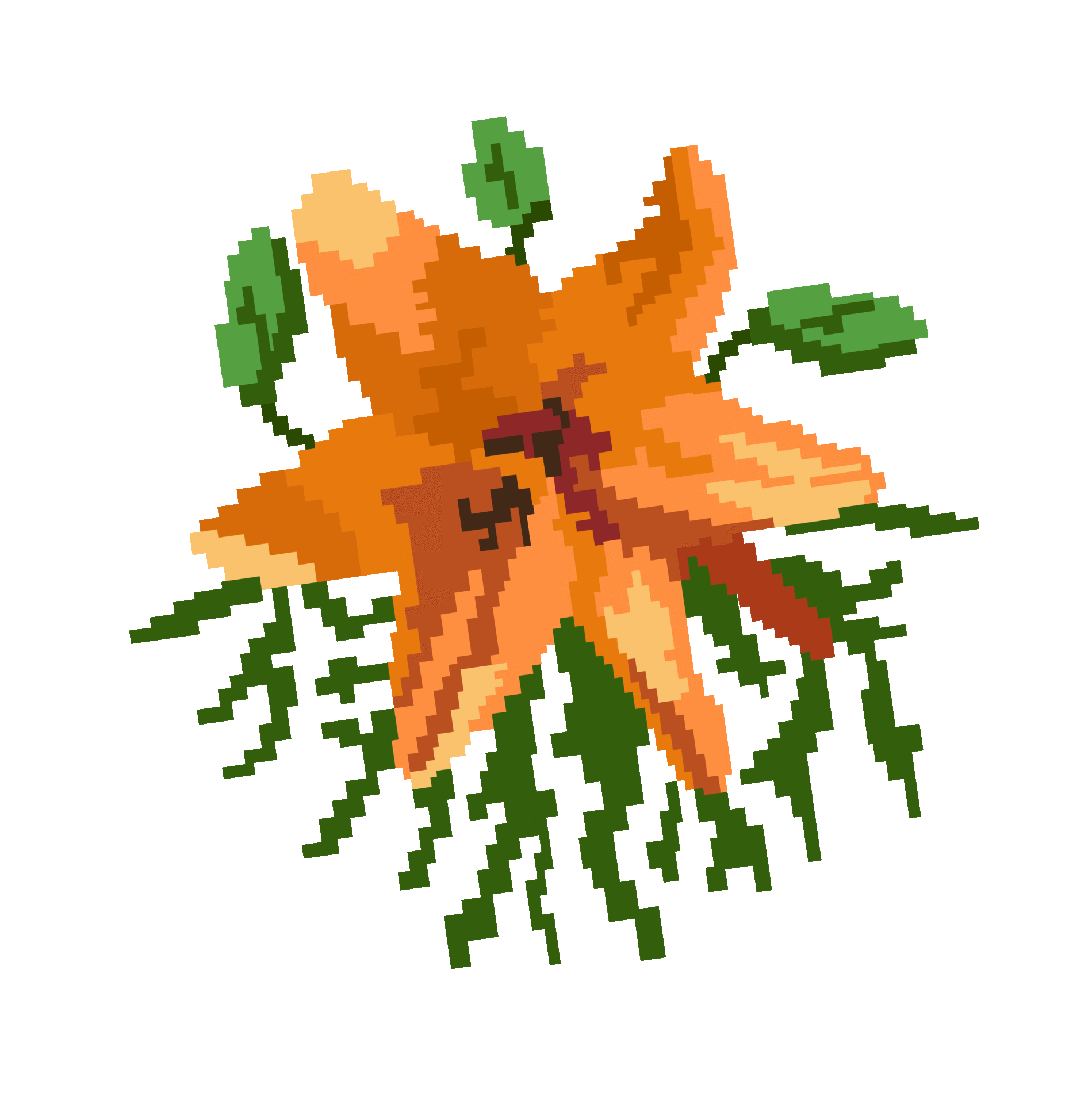
World-building is ideal for me to delve into my alternate historical narratives. It allows me to explore current technologies as well as the Medieval modes of world building – from scrolls to tapestries and manuscripts. For ‘Dear One’, as for most of the computer-generated imagery I make, I use game engines. I like the accidents, the odd texture, the glitch that happens, the unexpected that arises. I feel close to the early 2000s video-game aesthetic as it’s the imagery I grew up with – the first place I encountered alternate worlds that seemed limitless. I’m not on a quest for hyperrealism, which seems to be the current trend, flirting with the uncanny. I like the pixel, and the making process being rendered visible through the works. As with any medium I work with, I make sure to address and display its history and its process.

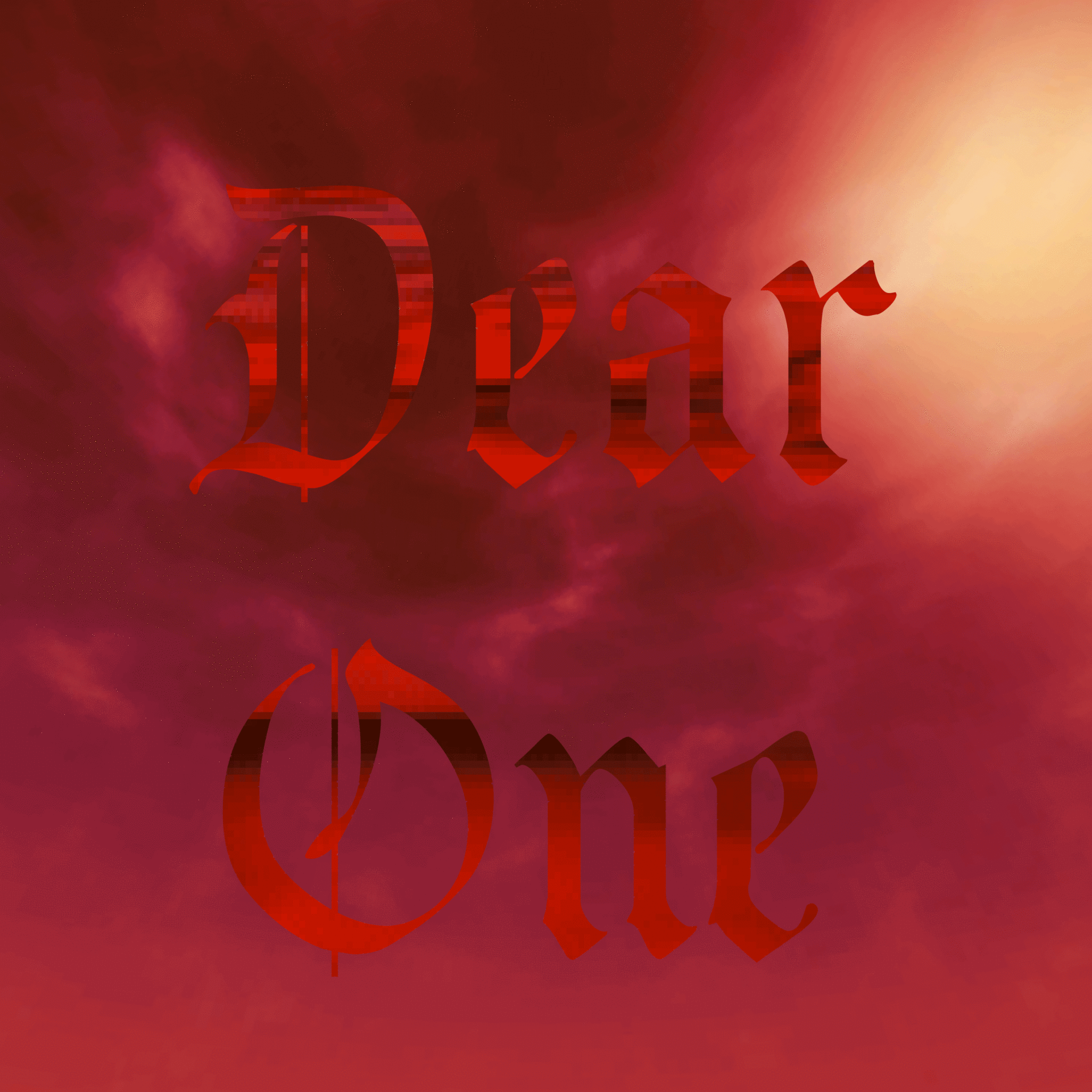
The show closed on 30th December, on the same day Adobe Flash Player died, leaving behind a fruitful era of video-game making. The GIFs I built pay homage to Sprites and to the technology that allowed our childhood Medieval dreams to come true.

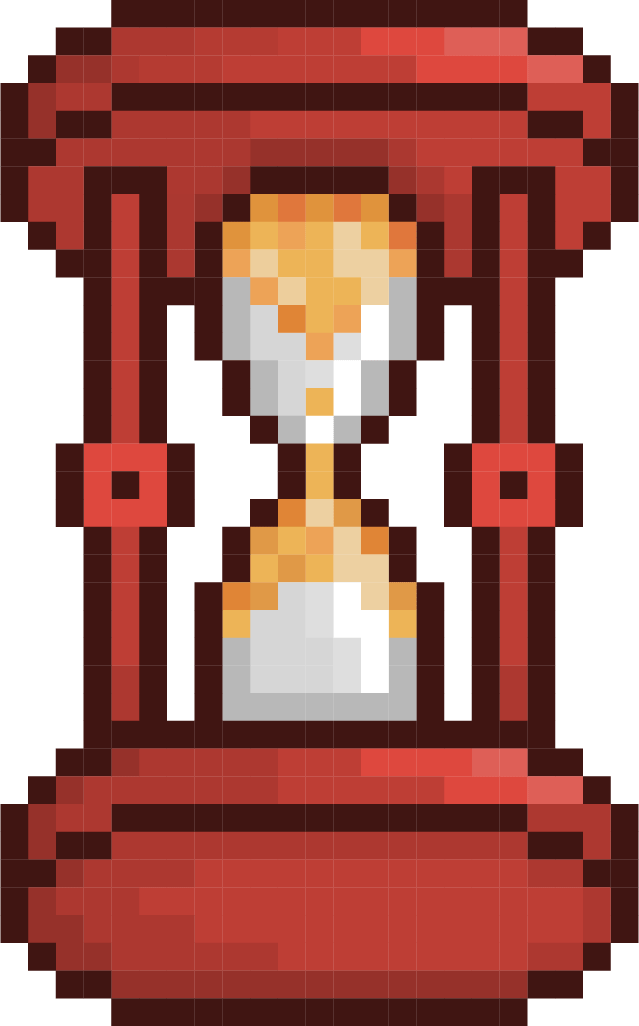
BIO/ Léa Porré was born on 2nd January 1996 in France. She currently lives and works in London, UK, studying at the Royal College of Art in the Critical Practice MA programme. She got her BA degree at Central Saint Martins, London, completing the Fine Arts 4D programme. Her works could be seen at numerous group and solo exhibitions, both off- and online, and she’s no stranger to artist’s residencies.
FOLLOW LÉA
Website / www.leaporre.com
Instagram / @leaporre



